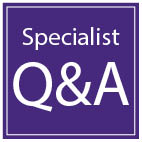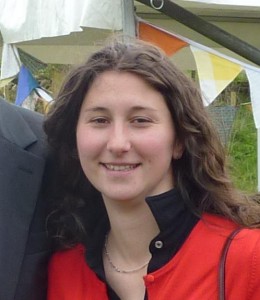 You probably know the feeling: a long-anticipated project drops into your inbox – big enough to keep you busy for a while, which is good. But somehow you sense, without so much as opening the email, that the innocuous little paperclip graphic next to the subject line actually heralds a brief the size of a short novel.
You probably know the feeling: a long-anticipated project drops into your inbox – big enough to keep you busy for a while, which is good. But somehow you sense, without so much as opening the email, that the innocuous little paperclip graphic next to the subject line actually heralds a brief the size of a short novel.
Where do you start? To avoid getting overwhelmed before you’ve even begun, here are a few tips for wrestling with a complex brief – and emerging victorious.
- See it as an intrinsic part of the job, not a separate and annoying task to be endured before the fun stuff. Make yourself a cup of coffee, take a deep breath and start reading. Don’t make the mistake of skimping on this stage; if you edit without understanding the brief, you might as well do it with your eyes closed.
- Make peace with the fact that the first time you read the brief through, not all of it will make sense. You may find impenetrable acronyms, abbreviations, references to elements of page furniture with which you are not yet familiar … Take another deep breath and reassure yourself that it will be comprehensible in the end.
- You might need to read the briefing materials more than once, and you will certainly need to refer to them as you get started on the work – and probably throughout the project. This is where having a second screen can be a great timesaver, as you won’t need to flick between documents.
- Remember that an apparently labyrinthine brief is actually telling you how to do the job, often in minute detail, if you only read it carefully and follow it through logically. Time spent absorbing this material at the beginning of the work could save you many hours later on.
- As you read the brief, see if you can use it to help you plan efficiencies in the way you work. Are there global changes that you can make before you begin, for example? How might you use find and replace or macros to speed things up?
- For large projects, the deadline may be weeks or months in the future. Break the brief down into more manageable chunks, with landmarks to help you judge that you’re on course to hit that final date.
- Make sure you know in advance if you will need to submit parts of the project along the way (this vital information might be hidden away in a single sentence in the middle of a paragraph about something else), or if you will need to deal with the author or multiple authors, and build these considerations into your schedule.
- Allow time to read the brief again at the end of the project before you submit the work, just to check you’ve covered everything. It’s better to fix things now – even if it adds on a little time – rather than be asked to do so by your client later on.
- Reassure yourself with the fact that if you do more work for the same client, the next brief will probably be easier to understand as a result of the groundwork you’ve put in now.
Following a brief well shows off your ability to be diligent and accurate, and maximises your chances of securing repeat business. Have you got any tips for tackling a complicated brief?

Liz Jones has been an editor since 1998, specialising in general non-fiction and educational publishing.
The views expressed here do not necessarily reflect those of the CIEP.


